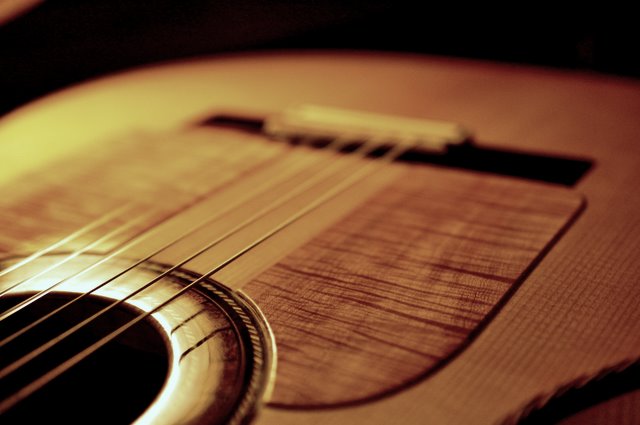|
Tom Blackshear -> RE: Not all that shines is... French Polish (Nov. 19 2009 2:33:10)
|
quote:
ORIGINAL: Ricardo
Regarding sound differences on a refinish. I assume the tap plate is always replaced with a new different one. This changes the sound significantly in my experience. Just changing the plate changes the sound even if you don't touch the finish.
About "heavy hand" guitars. I feel this is more about the set up, but I am usually impressed by Conde's that when you need to play them really hard, they respond, where as many guitars have more volume and harmonics than a conde but can sound really bad when you drive em hard. Could be related to the "pulsation" anders always talks about too, which I still don't understand as part of guitar construction.
And about FP guitars and sweat. I mean, everyone must have seen those nerds that where socks on the right arm or a cut sweater sleeve, to protect the guitar finish? It can really mess up your guitar's finish. Even lacquer guitars can get messed up. But FP guitars that were sweated on a lot, especially from like old spanish guys, can end up looking bad and smelling worse!!! [:D][:D][:'(]
I like a guitar that looks like it was played a lot though, I admit.
Ricardo
The newer Condes have good articulation, and it is due to the newer designs they switched to since the late 60's. I approve of the way they play but like all things new they can have some downside depending on who actually builds the guitar.
I've noticed that their newer design comes fairly close to the old Gerundino design. The two high braces on either side of the middle seem to be the balance for the over all playing technique and if they are tuned right, then everything else seems to work right.
I just finished up a flamenco negra and thought that I was going to have some trouble with the articulation and sound, that was too active, but when I installed the tap plate, everything came into focus. The tap plate has a lot to do with adjusting sound. The guitar has a good operating value that I hoped for but didn't know until the plate was installed. I realize this is the way it works but I still get a little paranoid until it happens.
The french polish always takes me a long time to finish out, as I like to see it fairly smooth on the suface without a lot of shrinkage. Aside from warm lights and a little fan blowing across the work, I don't know of a faster way to accomplaish a solid finish in less that 2 months.
|
|
|
|

